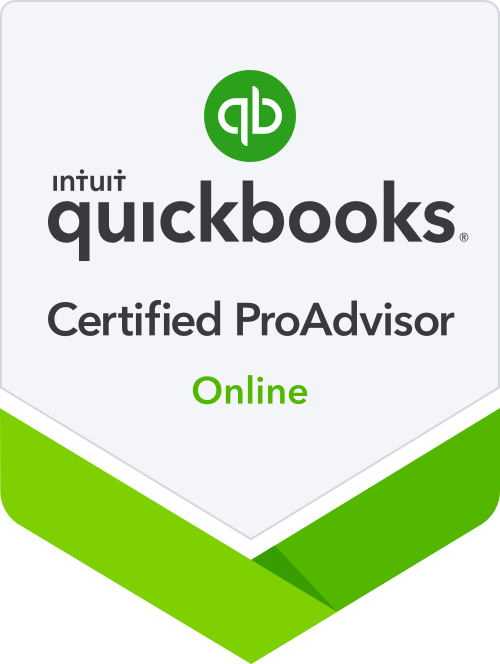
If you use part of your home as an office and take deductions for related expenses on your annual tax return, can you claim a valuable federal tax break when you sell? Specifically, can you claim the home sale gain exclusion of up to $250,000 for single taxpayers ($500,000 for married couples filing jointly)? In many cases, you can still take advantage of this tax benefit.
|
Gain Exclusion Qualification Rules If you're single, you can potentially sell your principal residence for a gain of up to $250,000 without owing federal tax ($500,000 if you're a married joint filer) without paying federal tax. To qualify, you generally must pass these tests: |
|
What Can You Deduct? If you qualify to take home office deductions, you can deduct part of expenses including mortgage interest, depreciation, utilities, insurance, and repairs. The office must be used regularly and exclusively as your business place, which means personal activities cannot be done there. Other tips:
|
As long as your deductible home office space is in the same dwelling unit as your residence, you can use the gain exclusion to shelter profit from the entire property.
In other words, you are not required to split the sale into two separate deals for tax purposes (one transaction for the sale of the residential part of your property and another for the sale of the office part).
However, you will be taxed on gain up to the amount of depreciation deductions on the office part of your property that were claimed for business use after May 6, 1997. You will owe a maximum federal rate of 25% on this profit (called unrecaptured Section 1250 gain).
However, paying tax on this portion of your profit is not really so bad, considering that you collected earlier tax savings from the office part of your property.
A Separate Dwelling
The tax outcome is less favorable when the office is not in the same dwelling unit as the residence.
For example, say you claimed home office deductions for what was formerly a carriage house, garage or finished basement with cooking and bathroom facilities and a separate entrance. In these cases, even though the office is on the same property or in the same building, it is considered to be a separate dwelling unit that is not part of the residential portion of your property.
In these scenarios, you must pass the ownership and use tests (see right-hand box) for both the office portion of your property and the residential part in order to treat the sale as a single transaction that is eligible for the gain exclusion.
If you fail the tests for the office part (for example, because it was used as a deductible office for the entire five-year period ending on the sale date), you must calculate separate gains for the office and residential portions of your property. Then, you can use the gain exclusion only to shelter profit from the residential part. Any gain on the office part is usually fully taxable.
You will generally owe a federal income tax rate of no more than 25% on gain up to the amount of post-May 6, 1997 depreciation. Any remaining profit from selling the office part of your property will be taxed at the regular capital gains rates.
Thinking about Selling?
Contact your tax advisor if you are contemplating the sale of property with a home office. Advance planning may be necessary to maximize your tax savings.
 1. You must have owned the property for at least two years during the five-year period ending on the sale date (referred to as the ownership test).
1. You must have owned the property for at least two years during the five-year period ending on the sale date (referred to as the ownership test).



